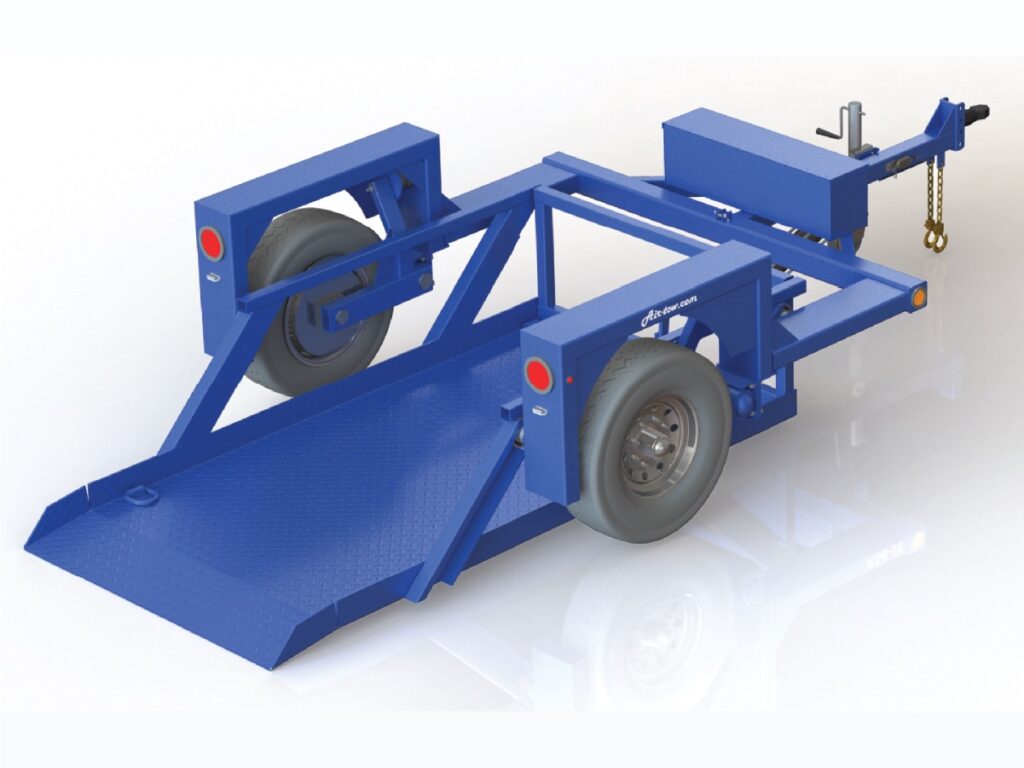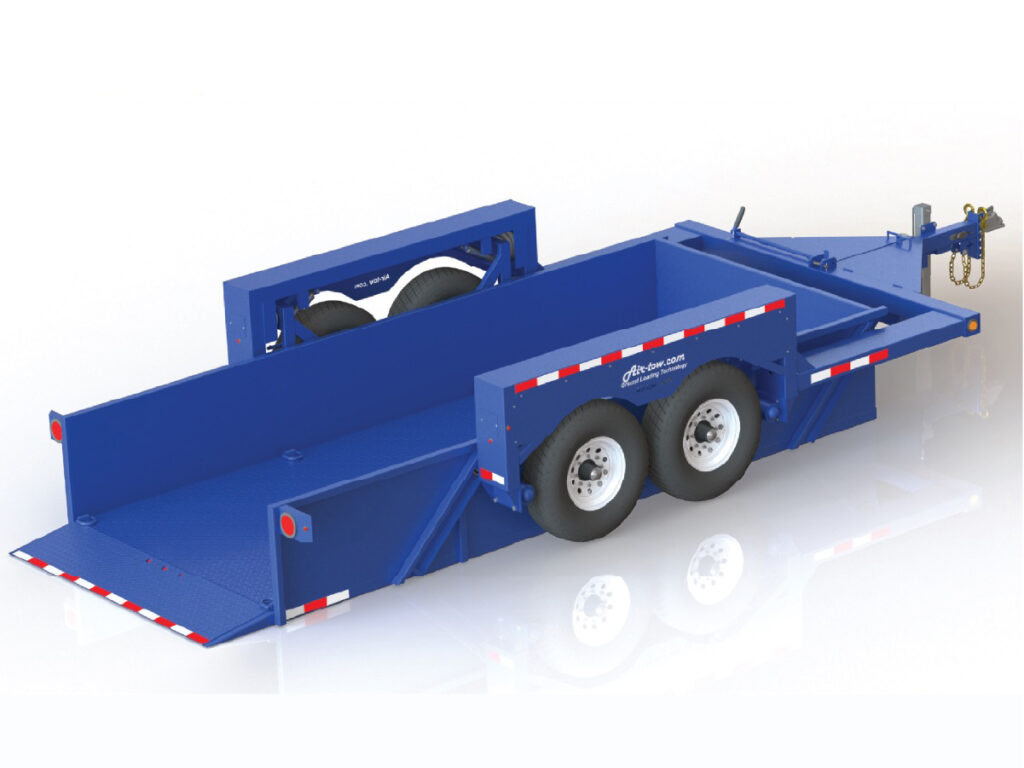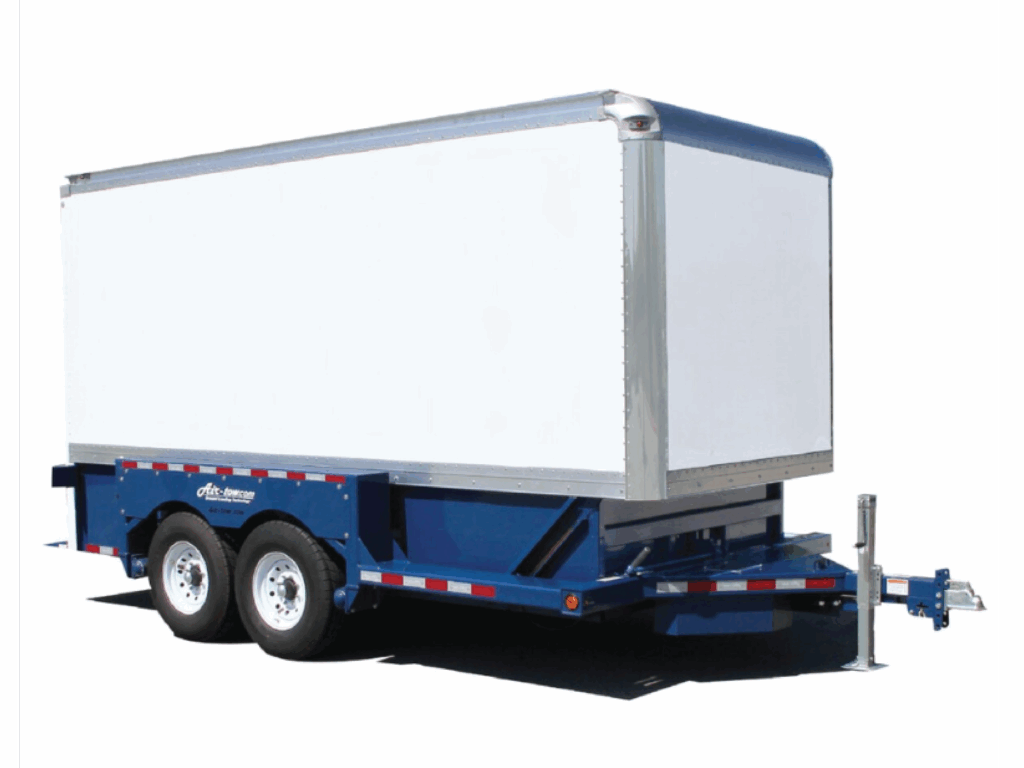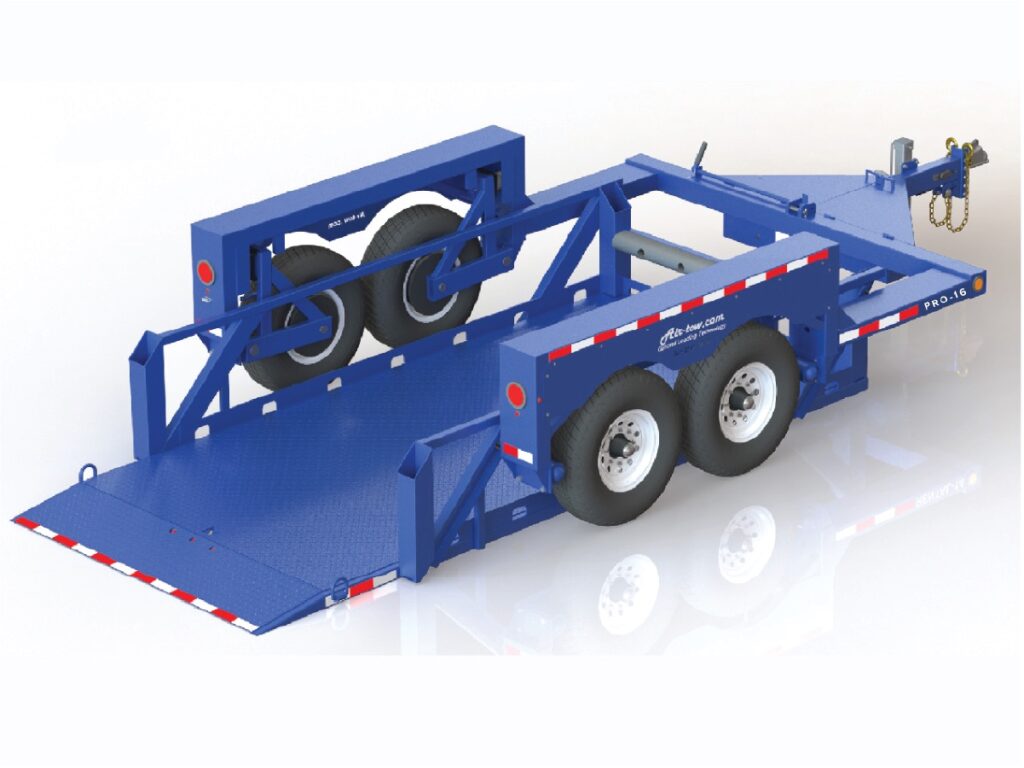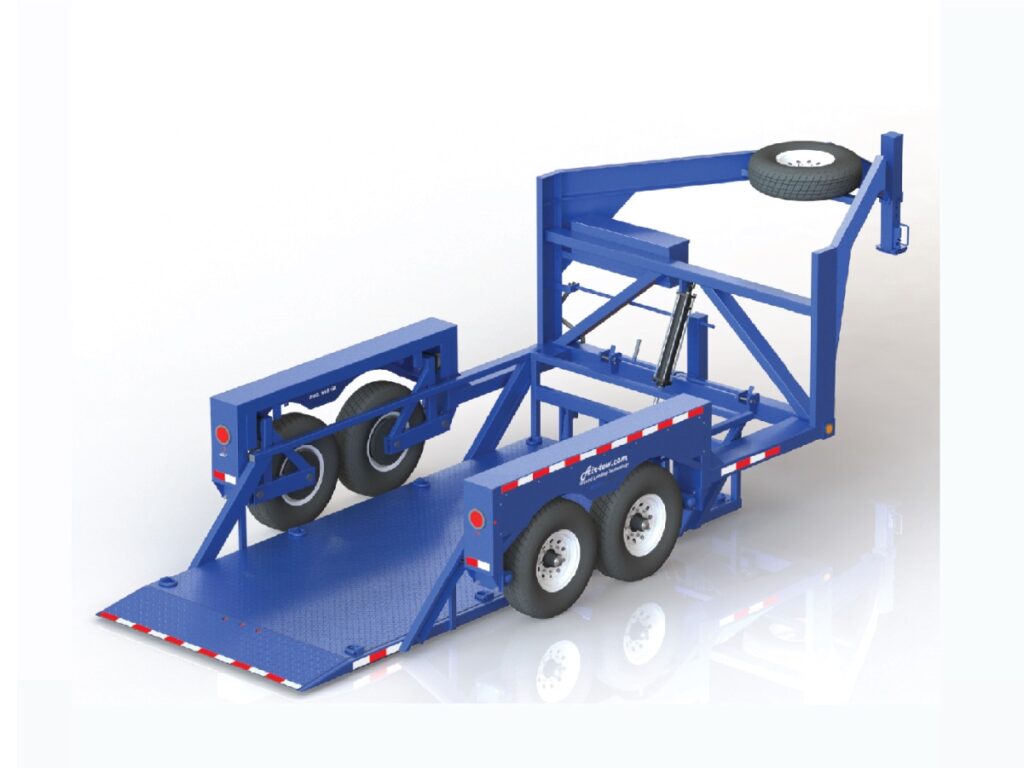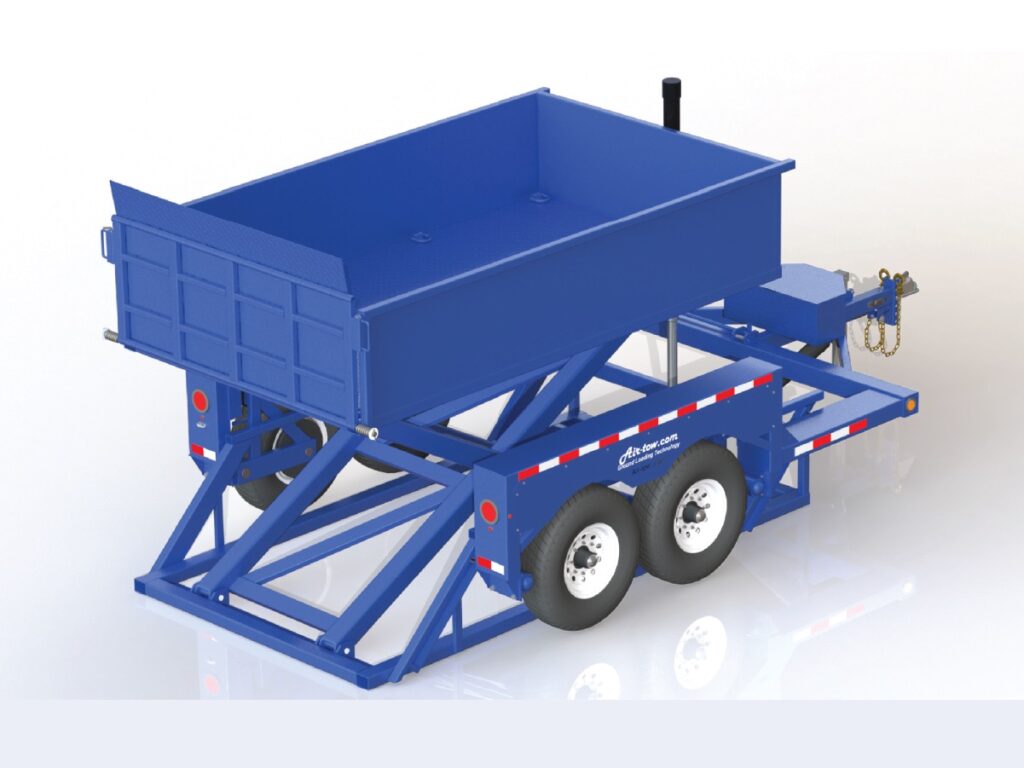The utility and cargo trailer industry is entering a new era in 2025, driven by evolving customer demands, environmental goals, and rapid technological advancements. From how trailers are constructed to how they’re loaded and monitored, nearly every aspect of the market is being reshaped. For fleet operators, contractors, and logistics professionals, understanding these trends is key to making smart purchasing and operational decisions. Here’s how the trailer industry is changing in 2025 and what it means for those who rely on trailers every day.
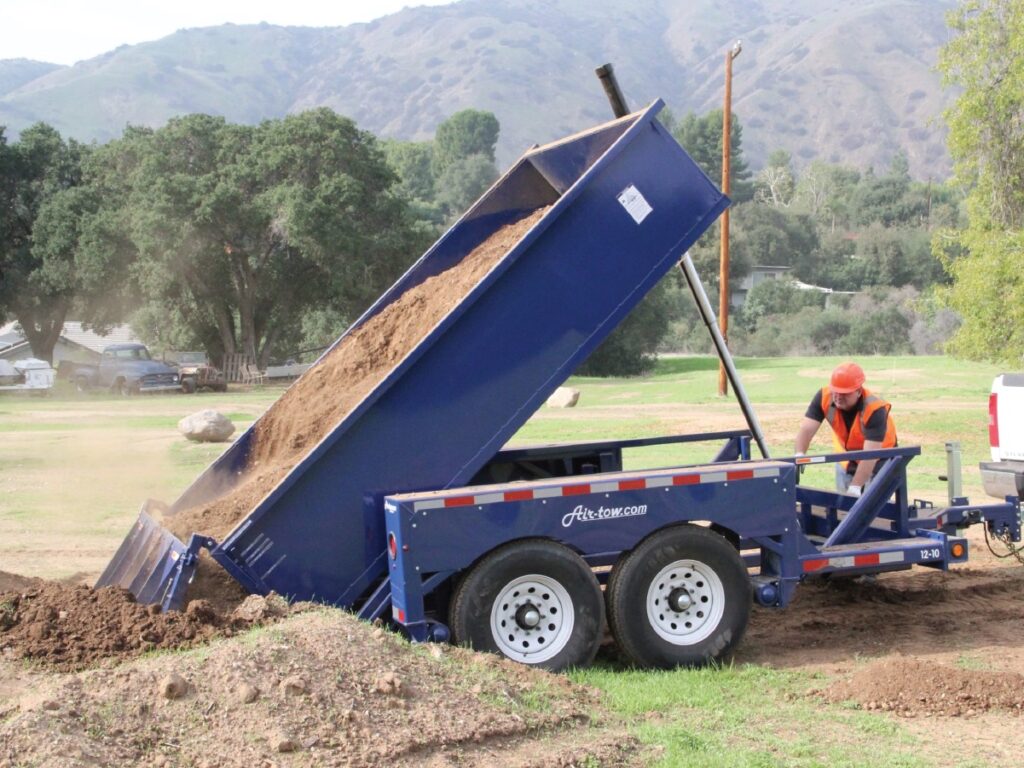
Sustainability & Eco‑Friendly Design
Environmental responsibility is a major force driving innovation in trailer design. Manufacturers are focusing on reducing emissions and fuel consumption by incorporating aerodynamic elements such as nose cones, trailer skirts, underbody panels, and tail fairings. These features can improve fuel efficiency by as much as 5–15% depending on driving conditions (Wikipedia – Aerodynamic Devices).
Additionally, solar panels are being integrated to power lighting and electrical accessories, reducing dependence on the tow vehicle’s battery. The use of lightweight, recycled, and composite materials is also growing. These changes support broader sustainability initiatives and may qualify fleets for EPA SmartWay recognition (myTrailer).
Smart Trailers & Telematics
Technology is transforming trailers into connected, data-driven assets. In 2025, smart trailers equipped with telematics are offering capabilities like GPS tracking, real-time cargo condition monitoring (temperature, humidity, vibration), and predictive maintenance alerts. This integration of IoT devices helps operators reduce downtime, respond quickly to issues, and improve load security (Market Research Future).
As logistics operations become more complex, these systems provide critical data to improve route planning, fuel management, and driver safety, all while helping to extend the life of the trailer.
Safety Features & Ground-Level Loading
Safety remains a central concern for trailer manufacturers, and 2025 models reflect significant improvements in both passive and active safety features. Upgraded braking systems, anti-lock technology, backup cameras, and enhanced LED lighting are becoming standard equipment. These tools work together to reduce the risk of accidents, particularly in low-light environments or tight delivery areas.
One standout innovation is ground-level loading, which eliminates the need for ramps or lifts by lowering the trailer bed flush with the ground. This design makes it easier and safer to load heavy, low-clearance cargo like scissor lifts or vending machines. It also reduces the risk of back injuries and tip-overs, which are common on uneven or elevated loading surfaces.
Electrification & Hybrid Solutions
The trailer industry is also embracing electrification. In addition to electric delivery vehicles and support equipment, electric and hybrid trailer models are becoming more common. Some dump and utility trailers now feature battery-powered hydraulic systems for lifting and dumping, reducing emissions and noise on job sites. Hybrid power systems are helping companies meet emissions regulations and lower fuel use in urban operations.
Aerodynamic Improvements & Fuel Efficiency
Fuel costs remain a major concern for trailer owners and operators, and aerodynamics continue to play a significant role in minimizing drag. In 2025, more trailers are being designed with smooth, contoured edges, low-resistance underbodies, and integrated fairings to reduce wind resistance. These enhancements can significantly improve fuel economy when combined with lightweight construction materials.
Solar-powered accessories and LED lighting also help reduce the tow vehicle’s power draw, further improving efficiency for long hauls and frequent-stop deliveries.
Customization & Modular Design
Flexibility will become increasingly important in 2025 as operators look for trailers that can adapt to changing workloads and cargo types. Manufacturers are responding with modular, customizable builds that feature adjustable tie-down systems, interchangeable walls or shelving, and reinforced flooring for specific industries.
This modular approach helps companies get more value from a single trailer investment and allows them to adapt quickly to new contract demands or business models.
Market Growth & Industry Outlook
The trailer market is poised for continued growth in 2025 and beyond. According to industry research, the global trailer market is expected to grow from $60.11 billion in 2024 to $64.61 billion in 2025, driven by e-commerce growth, rising infrastructure investments, and an increasing need for last-mile delivery solutions (The Business Research Company).
The cargo trailer market is projected to rise from $8.5 billion in 2024 to $12.3 billion by 2033, at a 4.8% compound annual growth rate (LinkedIn—Market Summary).
Why These Trends Matter
These trends are reshaping how trailers are bought, used, and maintained. Companies that invest in fuel-saving and safety-enhancing technologies now are likely to see long-term cost savings and fewer compliance issues down the line. Modular builds and smart telematics systems offer better operational flexibility, while electrification and aerodynamic upgrades contribute to lower emissions and higher efficiency.
As the market continues to grow and diversify, staying ahead of these trends will help business owners remain competitive, profitable, and aligned with industry best practices.
Stay ahead of the curve with Air-tow’s innovative trailer solutions. Our ground-level loading technology and durable designs are built for the demands of 2025 and beyond. Find your Air-tow trailer today.

